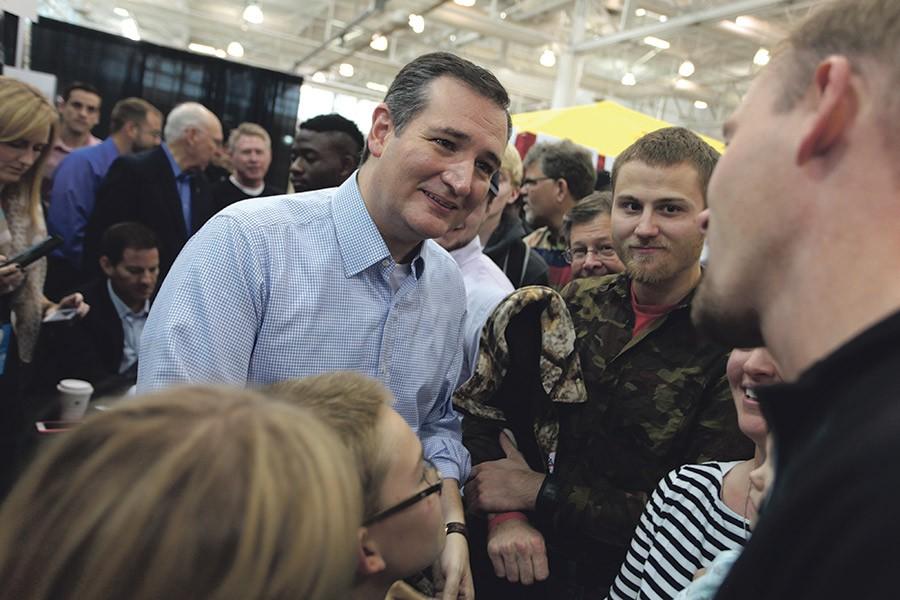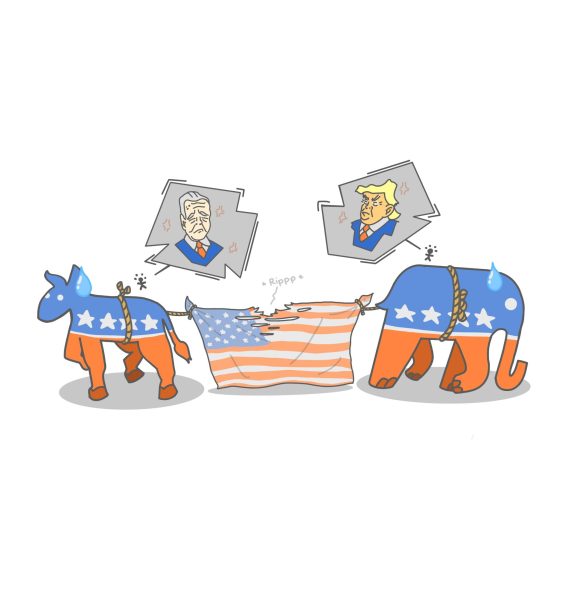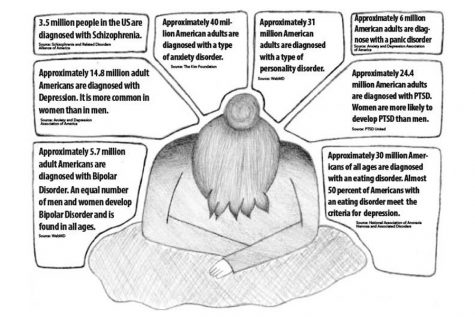Voting for president requires registration first
Creative Commons image: Gage Skimore
U.S. Senator Ted Cruz, R-Texas, speaking with supporter at a campaign rally featuring Gov. Rick Perry at Noah’s Event Center in West Des Moines, Iowa.
February 10, 2016
Students who will be 18 this year will for the first time have the chance to exercise their right to vote for who they believe should be the next president of the United States.
While some students know exactly who they want to vote for, there are many others who don’t even know who the candidates are. However, the most important thing for new voters to learn is how the voting process works.
The first step in the voting process is registering to vote. Voters must first obtain an application and fill out the necessary information.
Voter registration applications are available at county elections offices libraries, the post office, or high schools. Social studies teachers Jean Baeslack and Melinda Horowitz have many forms available located in their classrooms 412 and 231, respectively.
After filling out the voter registration form, it must be mailed postage free to the County Voter Registrar’s office or hand-delivered. It is also possible to register to vote online when applying for a driver’s license or a renewal.
Once the application has been submitted, a voter registration certificate (proof of registration) will be mailed back within 30 days. Election officials advise voters to check the document for mistakes and to examine assigned precinct locations so they know what location to go to on election day.
Horowitz advises students to “Look for information online and go to websites like ‘Isidewith.com’, and ‘OntheIssues.org’ to determine what parties and candi- dates best match their personal political beliefs. If students have any questions or need help with understanding the voting process they can come see me in room 231 or Jack McGavick in room 149.”
Both Horowitz and McGavick are volunteer registration deputies.
On Feb. 1, U.S. Senator Ted Cruz won the Iowa Caucuses with 28 percent of the vote while Donald Trump had 24 percent of the vote. Marco Rubio came in third with 23 percents of the votes.
In the Democratic caucuses former Secretary of State Hillary Clinton won with only 4 more precincts than U.S. Senator Bernie Sanders.













